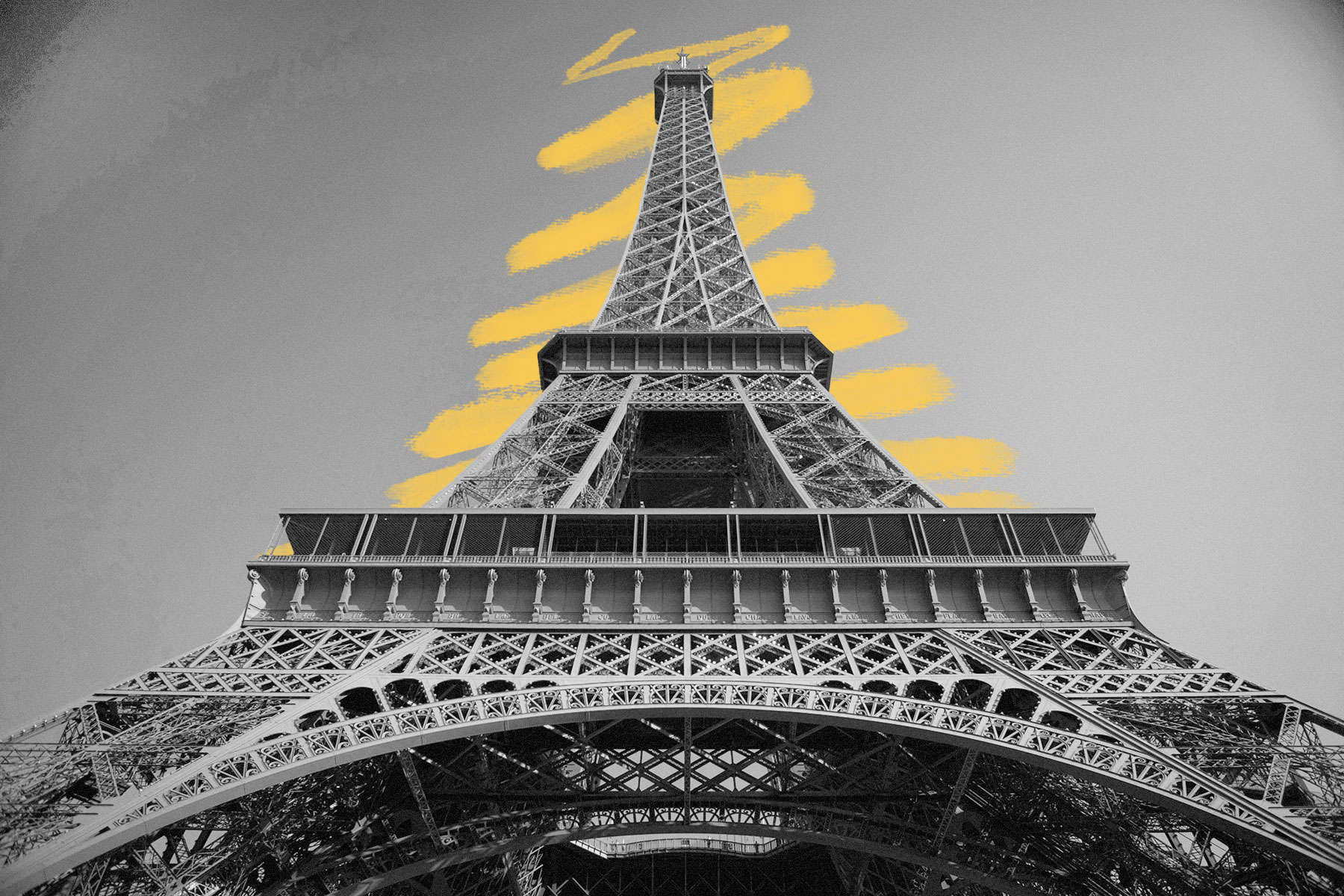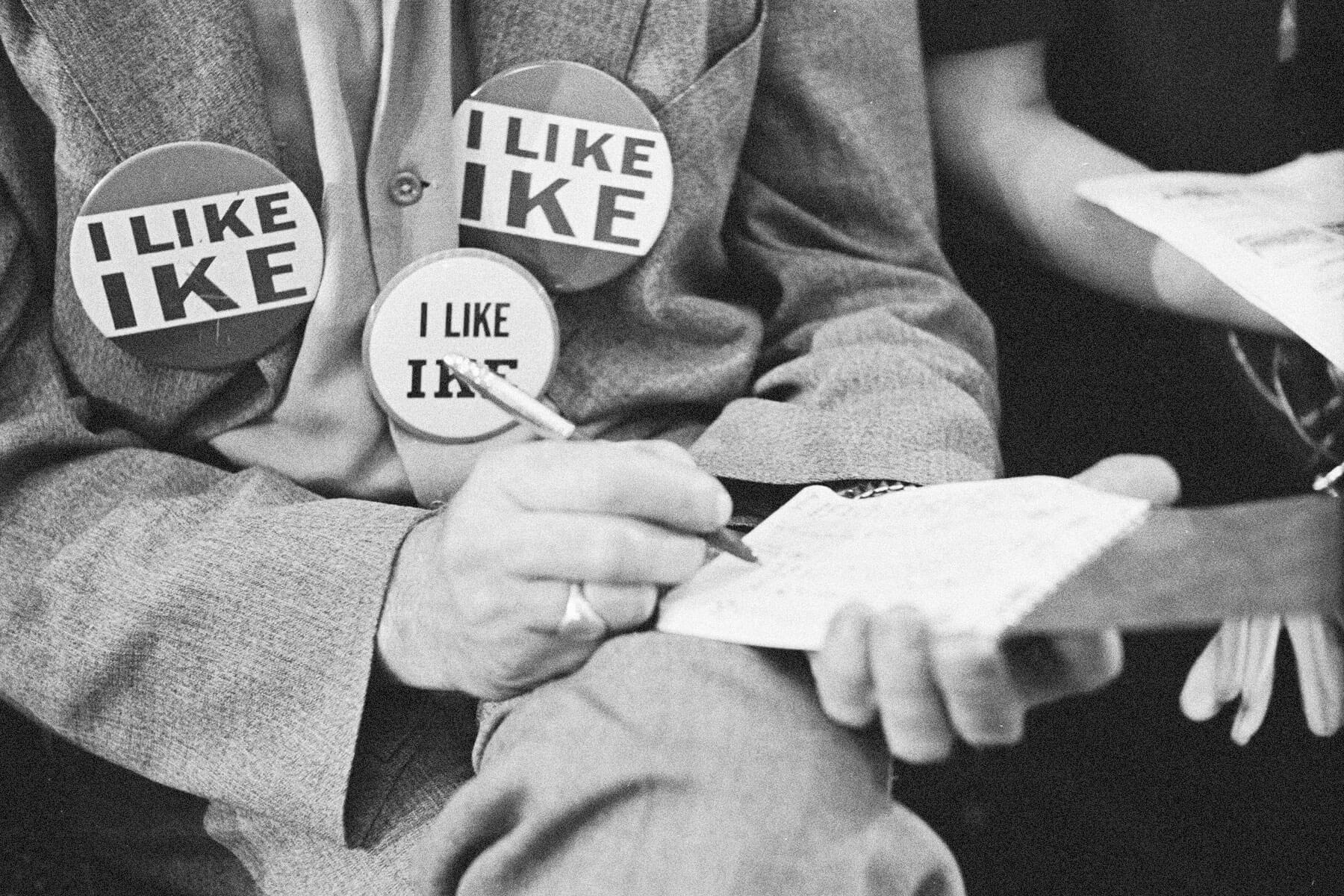 |
A con artist "sold" the Eiffel Tower for scrap metal — twice. |
World History |
 |
| |
| Lustig's story convinced a man named André Poisson to pay 70,000 francs for the scrap. The con artist then fled to Austria with the money, and Poisson was so embarrassed that he never contacted the police. In the ensuing weeks, Lustig kept a close eye on Parisian newspapers and realized that his scheme was never reported, so he decided to attempt the scam once more. While he successfully convinced another buyer to close the deal, suspicions grew and police were finally alerted. By the time law enforcement attempted to capture Lustig, however, he had fled to America, where he continued conning people. He was ultimately captured by U.S. federal officials in 1935, and sentenced to 20 years in Alcatraz prison. | |
 | |
 | |||||||||
By the Numbers | |||||||||
| |||||||||
| |||||||||
 | |||||||||
| |||||||||
A con artist made his living by repeatedly selling the Brooklyn Bridge. | |||||||||
| Con artist George C. Parker famously claimed to have "sold" the Brooklyn Bridge twice a week for years. Parker began his scheme in the 1880s, preying on naive immigrants seeking investment opportunities. His well-rehearsed spiel claimed the bridge was for sale and that buyers could make a fortune by charging tolls. Parker then negotiated whatever price the mark was willing to pay, with average sales reportedly totaling around $5,000 (roughly $150,000 today). Many victims later attempted to erect a tollbooth, but were always stopped by police and informed they'd been scammed. Parker continued selling off the bridge as well as other notable New York City landmarks, including the Statue of Liberty, the Metropolitan Museum of Art, and even Ulysses S. Grant's tomb. In 1928, he was finally busted once and for all after trying to cash a bad check. | |||||||||
 | |||
Recommended Reading | |||
 | |||
| | |||
 | |||
| | |||
| + Load more | |||
| |||
| |||||||||
| Copyright © 2023 History Facts. All rights reserved. | |||||||||
| 700 N Colorado Blvd, #513, Denver, CO 80206 | |||||||||
|





No comments:
Post a Comment